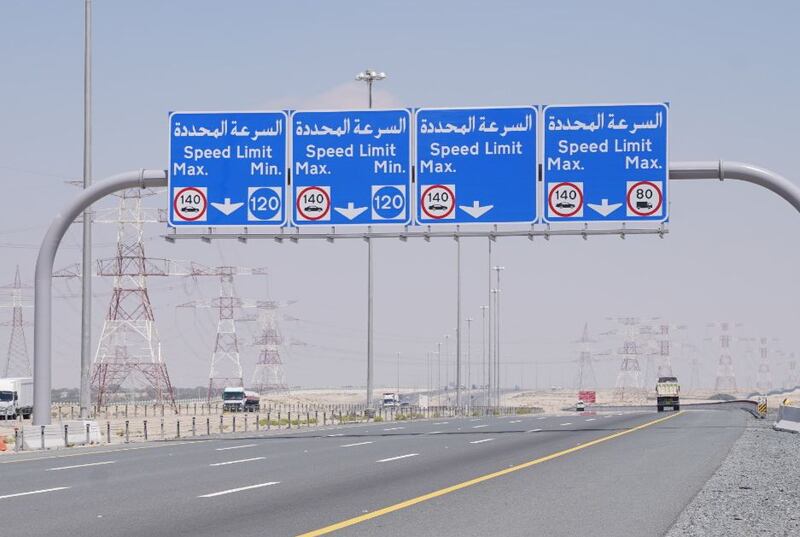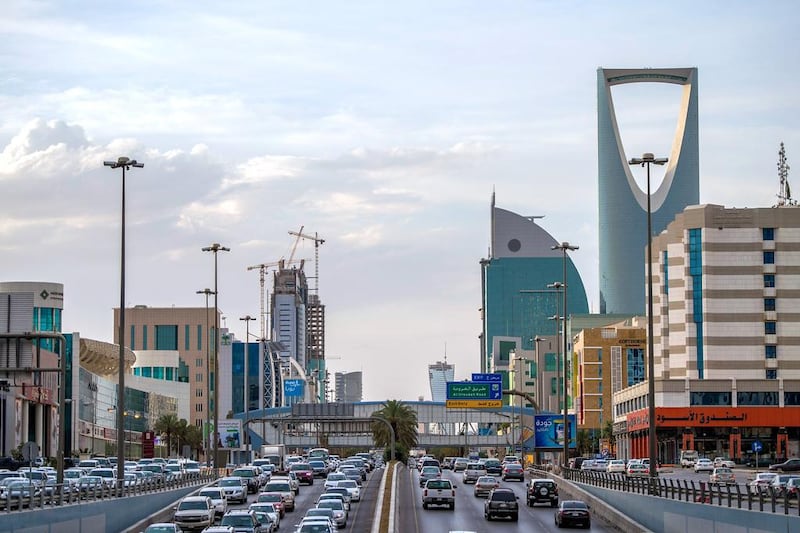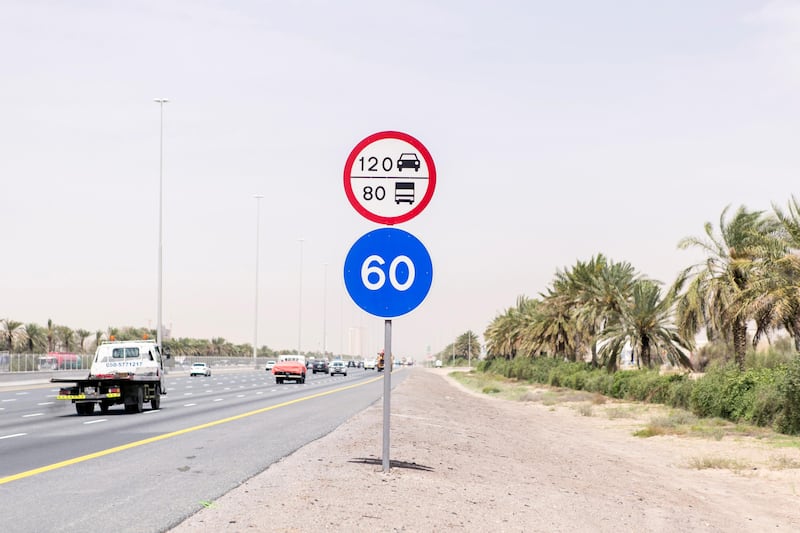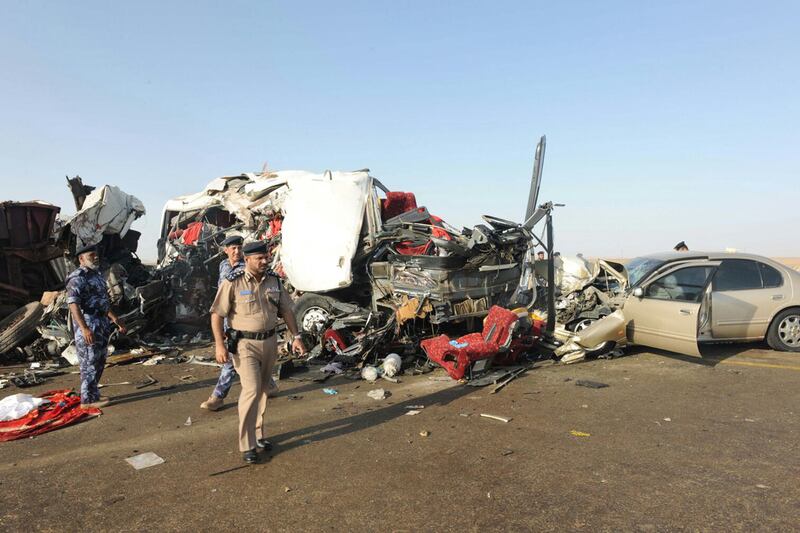With drivers allowed to travel at up to 160kph on certain roads in the UAE, the country has some of the highest maximum speed limits in the world.
Now, the Emirates also has what is thought to be one of the highest minimum speed limits, with a 120kph minimum being introduced on the Sheikh Mohammed bin Rashid Road this month. On this road, the maximum speed is 140kph.
As reported in The National, Abu Dhabi Police have announced that the limit will be brought in on the first and second lanes from the left, with anyone travelling too slowly liable for a Dh400 ($108) fine from May 1.
Officials have said the minimum speed limit is designed to promote safety and should ensure that slower vehicles move to the right to keep out of the way of faster drivers.
The move has been largely backed by motorists in the UAE.
An online poll by Abu Dhabi Police found 78 per cent of more than 3,400 respondents were in favour of the change.
Worldwide, relatively few countries impose minimum speed limits. A 2020 report by the Malaysian Institute of Road Safety Research (Miros), Review of Setting Minimum Speed on Expressway, highlights only Australia, Indonesia, Japan, Portugal, the UK and the US as having minimums.
"The objective of imposing minimum speeds in those countries is to reduce the unsafe interactions between fast and slow-moving vehicles by improving the uniformity of traffic flow and safety of operation," the report states.
"It is proven that the large speed differentials between fast and slow drivers contribute to the accident crashes."
The dangers of driving too slowly

The report cites studies showing that slow-moving vehicles can pose a hazard to faster-moving traffic on motorways. Also, it says that differences in speed below the average speed have been found to cause a greater hazard than differences in speed above the average.
Common driving habits may mean that it is a good idea for the UAE to be added to the list of countries with minimum speeds, some analysts indicate.
Thomas Edelmann, managing director of Road Safety UAE, highlights the way that on motorways in the UAE, drivers often gravitate to the second-left lane and "hug the lane".
"Often the drivers of these vehicles are ignorant to the fact that they are not maintaining a similar speed to other vehicles around them and those approaching from behind," he said. "These drivers often get undertaken — passing on their right side — without moving to the right themselves."
Among the reasons why this "lane hugging" takes place, he suggests, is that some drivers see the far-right lane as being only for the slowest vehicles, such as lorries, and the second-right lane as being for the next-slowest vehicles, among them vans and pick-ups. So these drivers regard only the lanes to the left as being for "normal" cars.
"Often we see the right-most lane deserted, the second-most-right lane with little traffic, while the traffic of ‘normal’ cars is crowded on the two left-most lanes," Mr Edelmann says.
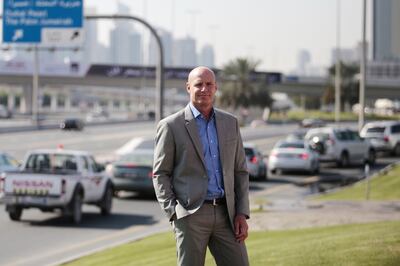
"In many countries there is a strictly enforced right-lane mandate and left lanes should be used only to overtake slower vehicles.
"This principle is not well understood in the UAE and rather we see ‘lane hugging’ with a preference for the two left-most lanes."
He suggests that the 120kph minimum speed limit could serve as a pilot to see if motorists change their habits with respect to lanes.
The Miros report cautions that minimum speed limits may, among other consequences, "increase unfavourable lane changing".
It also indicates that where minimum speed limits are set, they are typically much lower than the 120kph being introduced on the Sheikh Mohammed bin Rashid Road.
In Portugal and Japan, for example, the report notes that on major roads a 50kph minimum is imposed.
Call for caution
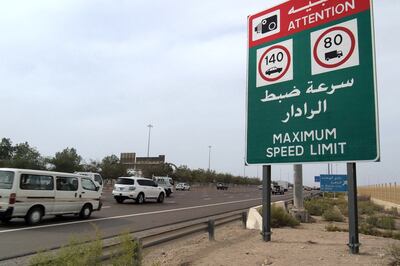
Oliver Carsten, professor of transport safety at the University of Leeds in the UK, says the minimum speed of 120kph is higher than any minimum speed he has heard of and is, in his view, much too high. It could be particularly hazardous, he says, in poor conditions, such as during sandstorms, rain or heavy traffic.
"It’s now extremely well known that in heavy traffic the best thing to do to get smooth motorway operation is to slow everybody down," he says.
He adds that the 140kph maximum is excessive. If traffic is travelling at an average speed of 140kph, he says the fatal accident rate is about 2.5 times that if the average speed is about 112kph or 70mph, which is the UK’s maximum speed.
"Small changes in mean speed of traffic produce very large changes in risk," he says. "Motorways are designed to smooth traffic.
"Obviously the idea here is in theory to smooth traffic, but you’re leading to ... what you might call friction between the lanes, you’ve got vast differences.
"If somebody swings out into the fast lane from one of the slower lanes, that has the potential to cause a disastrous collision."
As well as being important when it comes to safety, the smooth flow of traffic has implications in terms of carbon emissions, because stop-start driving results in more fuel being burnt.
Margaret Bell, professor of transport and the environment at Newcastle University in the UK, says that, in general, minimum speed limits can smooth traffic flow by ensuring that road users travel at similar speeds to one another, reducing emissions and accidents.
She also says, however, that there is a risk that people will travel at a higher speed than they are comfortable with and so could be more likely to have an accident.
Also, when the minimum speed is set at a high level, such as 120kph, that in itself is likely to cause vehicles to burn more fuel, she suggests.
"The only problem with 120 to 140kph is that that’s a high speed, so you are burning more fuel to maintain that higher speed," she says. "The total emissions are higher than for smoothing the traffic at 50 to 60mph [80 to 96kph]."
According to a study last year in the journal Injury Prevention, based on official figures the UAE has cut its road deaths significantly, with the fatality rate falling from 10 per 100,000 people in 2010 to 7.4 in 2015 and 3.5 in 2019.
